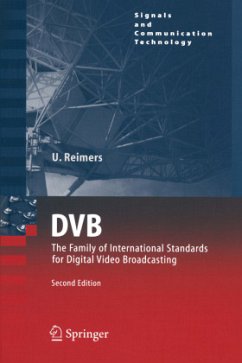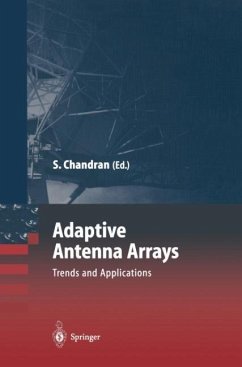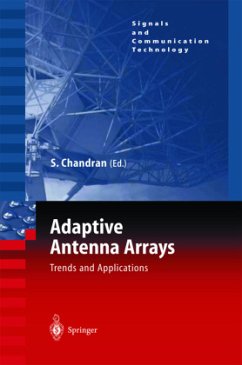
Digital Terrestrial Television Broadcasting
Designs, Systems and Operation
Übersetzung: Renouard, H.E von

PAYBACK Punkte
19 °P sammeln!
In the past decades, traditional television broadcasting has been an autonomous field which was largely independent of the world of telecommunications and computers. The analog television standards PAL, SECAM and NTSC have remained almost untouched with regard to their picture information. Whatever development took place was essentially in support of programming and was based on the existence of a certain redundancy in the representation of the signal in the time and fre quency domain. In the 70S, for example, the teletext system was introduced throughout Europe. A further supplementary digita...
In the past decades, traditional television broadcasting has been an autonomous field which was largely independent of the world of telecommunications and computers. The analog television standards PAL, SECAM and NTSC have remained almost untouched with regard to their picture information. Whatever development took place was essentially in support of programming and was based on the existence of a certain redundancy in the representation of the signal in the time and fre quency domain. In the 70S, for example, the teletext system was introduced throughout Europe. A further supplementary digital service in television, intro duced in the early 80S, was the Video Programme System (VPS) which utilizes part of the TV data line and ensures that programmes can be recorded with the correct timing on video recorders even when the programmes are delayed. There is no doubt that as far as the transmission from the studio to the view er is concerned, the future belongs to digital video broadcasting (DVB) which is about to be implemented in the satellite, cable and terrestrial radio transmission media. The European DVB Project finalized its specification for channel coding and modulation for the digital broadband transmission channels at the begin ning of 1996.














